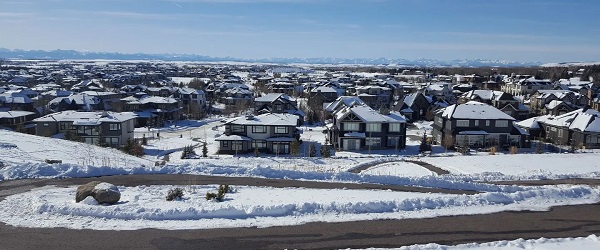Opinion
After having worst air in Canada, will Red Deer take painful steps to clean our air?

Alberta on track to have worst air quality in Canada
Red Deer has worst pollution in province, while 4 other regions close to exceeding national standards
According to CBC News. Sept. 2015
Alberta is hoping to relieve Red Deer of a less than prestigious title. The central Alberta city, for years, has had the worst ambient air quality in the province.
Industrial activity and vehicle emissions had pushed Red Deer’s ozone and fine particulate matter levels above national standards going back to 2009.
The Alberta Motor Association will continue driver education with an aim of reducing practices like idling, that increase emissions.
Red Deer outlined a series of actions the city was taking to address the issue following the September report, including buying 30 per cent of its energy from green sources and expanded public transit options, among others.
Nancy Hackett, who heads up environmental initiatives for the city, says they have been trying to improve the situation.
“I think what the report does is tell us something that we needed to know,” she said.
“It’s information that we need to be aware of to protect our community and protect our quality of life here. So I think it’s very important information that city residents and regional residents need to be aware of so that we can make changes and we can protect our air quality.”
The government said a scientific study looking into the cause of the air pollutants is currently underway, and people living in the Red Deer area, industry stakeholders and the provincial energy regulator will be consulted. That plan is expected to be complete by the end of September and will take Red Deer’s geography and air patterns into consideration.
As part of the plan, Phillips said the government will:
- Review technology that could be used to reduce emissions.
- Review whether polluters in Alberta are meeting national standards.
- Look at other ways to reduce emissions, for example, ways to curb vehicle emissions.
The Pembina Institute, non-profit think tank focused on clean energy, was quick to follow up with its own statement about the air quality results, saying the report shows the need for a provincewide pollution reduction strategy.
“This new report adds to the mounting evidence that Alberta needs to reduce air pollution across the province. Measures that will produce more rapid results are also needed in the numerous regional hot spots identified by the report,” said Chris Severson-Baker, Alberta’s regional director at the Pembina Institute.
“The report shows that, unless emissions are cut, most of the province risks exceeding the Canadian Ambient Air Quality Standards for fine particulate matter. This places an unacceptable burden on people’s health and on the environment,” he said.
The Canadian Association of Physicians for the Environment has also weighed in on the report, saying it is “dismayed, but not surprised” by the findings.
“This calls into question the pervasive belief that the clear blue skies of Alberta foster clean air, safe from the pollutants better known from smoggier climes,” said Dr. Joe Vipond, an emergency room doctor and member of the association.
The removal of the Molly Banister Extension means 1,000s of cars every day traveling 4 extra kilometres. (32 Street has 23,500 cars per day. If only 14 %or 3,290 cars per day or 1,200,850 cars per year reduced their mileage by 4 kms. That will mean 5 million less kilometres driven in a year. That is just 32 St. How about 19 St. That is now at pop.100,000 what about at 180,000 or more? )Not building the Molly Banister extension, will only make our air more polluted, not less. How many cars would have to stop idling to counter all those cars traveling 4 extra kilometres unnecessarily? Just asking.
Environmentalists have you given this any thought?
Daily Caller
Trump Gives Zelenskyy Until Thanksgiving To Agree On Peace Deal, With U.S. Weapons And Intel On The Line


From the Daily Caller News Foundation
President Donald Trump is turning up the heat on Ukrainian President Volodymyr Zelenskyy to accept a peace deal to end his war with Russia, and has set a deadline with potential consequences.
The U.S. is warning that certain weapons shipments and intelligence sharing could be at risk if Zelenskyy does not play ball with Trump’s peace proposal, Reuters reported on Friday. The president set a Thanksgiving deadline for Zelenskyy to sign off on the details. Speaking with Brian Kilmeade on Fox News Radio, Trump confirmed that date, saying that while deadlines can be extended, “Thursday is it.”
Speaking with Brian Kilmeade on Fox News Radio, Trump confirmed that, though deadlines can be extended, “Thursday is it.”
Zelenskyy signaled his willingness to discuss concessions outlined in the proposed peace deal despite objections from other European leaders over the terms, and said in a post on X that his whole government is at work on the individual points. However, the Ukrainian leader also said in a Friday video statement that the U.S. has put Ukraine in a position of “either losing its dignity or the risk of losing a key partner.”
Russian President Vladimir Putin, on the other hand, said Friday Trump’s plan could “form the basis” for a final peace agreement.
A U.S. official told the Daily Caller News Foundation they “will not comment on sensitive peace discussions that may or may not have happened.”
“President Trump is working with both sides to end the war as quickly as possible, which has gone on for far too long, with too many senseless deaths,” the official said. “This would have never happened if he was President.”
Zelenskyy most recently has been embroiled in a corruption scandal, as the National Anti-Corruption Bureau of Ukraine launched a probe into Zelenskyy’s business partner, who allegedly laundered $100 million from Ukraine’s nuclear energy company.
“It was strongly implied to the Ukrainians that the United States expects them to agree to a peace deal,” another U.S. official told the DCNF. “Any changes will be decided upon by the President himself.”
The Ukrainian leader has been working to shore up support in Europe as well, most recently signing a deal with France to obtain 100 Rafale jets for its air force. The deal also included anti-air equipment, drones and other munitions.
The Trump administration has worked to offload direct military support for Ukraine to partners in Europe, with NATO agreeing to purchase U.S. weapons to then ship to Ukraine, instead of the American government delivering directly.
Daily Caller
MTG Says She’s Resigning From Office
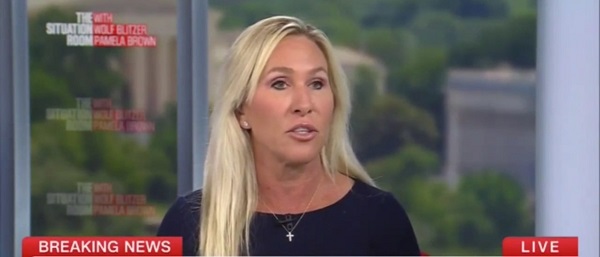

From the Daily Caller News Foundation
Republican Georgia Rep. Marjorie Taylor Greene announced Friday that she will step down from Congress.
Greene took to social media to announce her final day in office. Greene released the lengthy statement on X telling supporters, “I will be resigning from office with my last day being January 5, 2026.”
My message to Georgia’s 14th district and America.
Thank you. pic.twitter.com/tSoHCeAjn1— Marjorie Taylor Greene 🇺🇸 (@mtgreenee) November 22, 2025
Greene released a statement outlining her frustrations with both parties, portraying her decision as the culmination of years of disillusionment with Washington’s political culture. Greene said she has always tried to speak for “the common American man and woman,” arguing that her outsider posture made her an unwelcome presence in the capital.
“Americans are used by the Political Industrial Complex of both Political Parties, election cycle after election cycle, in order to elect whichever side can convince Americans to hate the other side more. And the results are always the same. No matter which way the political pendulum swings, Republican or Democrat, nothing ever gets better for the common American man or woman,” Greene wrote.
In her statement, Greene framed her five years in Congress as a fight to advance the “America First” agenda she embraced in 2020.
“I ran for Congress in 2020 and have fought every single day believing that Make America Great Again meant America First. I have one of the most conservative voting records in Congress defending the 1st amendment, 2nd amendment, unborn babies because I believe God creates life 1 at conception, strong safe borders, I’ve fought against Covid tyrannical insanity and mandated mass vaccinations, and I’ve never voted to fund foreign wars,” Greene added.
President Donald Trump cut support for Greene and called her a “traitor” after she criticized his foreign policy decisions and refused to withdraw her name from a petition demanding the release of the Jeffrey Epstein files. Greene fired back, calling herself a “patriot” for siding with Epstein’s victims and defending the America First agenda.
-
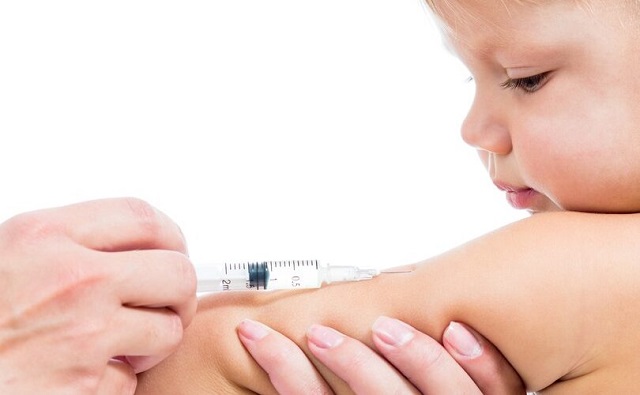
 Health2 days ago
Health2 days agoCDC’s Autism Reversal: Inside the Collapse of a 25‑Year Public Health Narrative
-
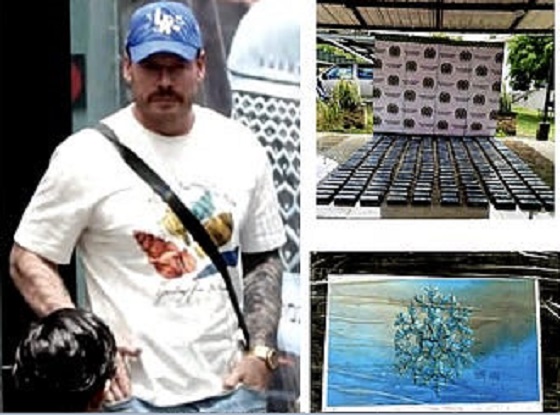
 Crime2 days ago
Crime2 days agoCocaine, Manhunts, and Murder: Canadian Cartel Kingpin Prosecuted In US
-
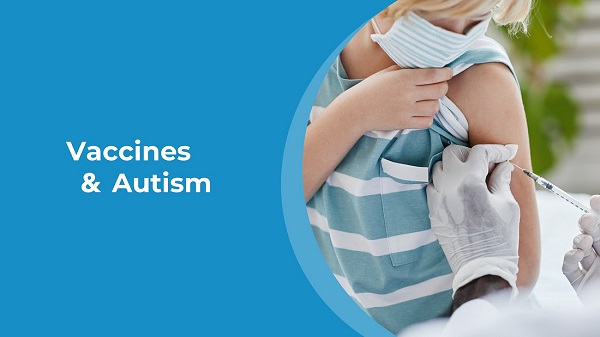
 Health2 days ago
Health2 days agoBREAKING: CDC quietly rewrites its vaccine–autism guidance
-
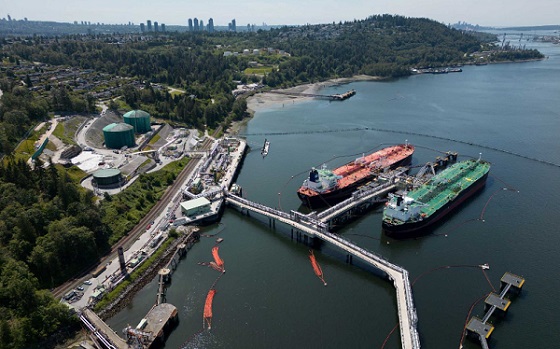
 Energy2 days ago
Energy2 days agoHere’s what they don’t tell you about BC’s tanker ban
-
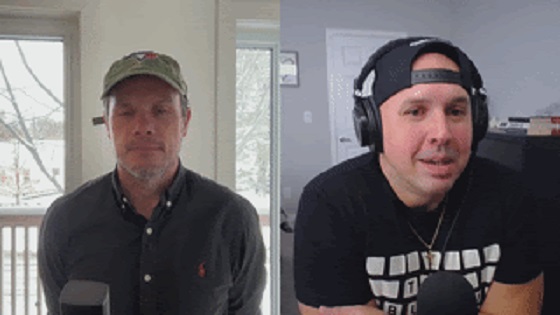
 National2 days ago
National2 days agoPsyop-Style Campaign That Delivered Mark Carney’s Win May Extend Into Floor-Crossing Gambits and Shape China–Canada–US–Mexico Relations
-
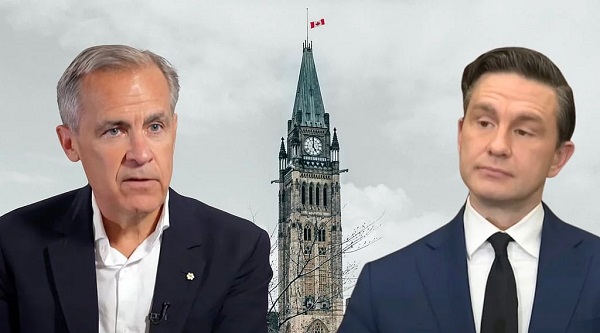
 Bruce Dowbiggin2 days ago
Bruce Dowbiggin2 days agoBurying Poilievre Is Job One In Carney’s Ottawa
-
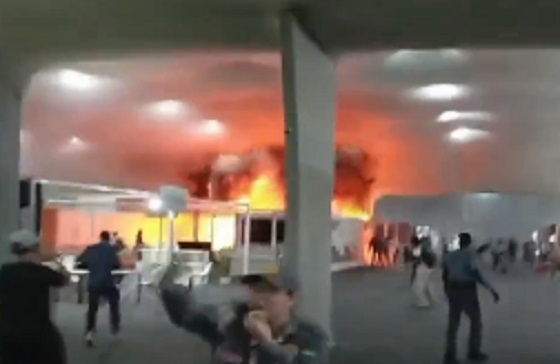
 Daily Caller2 days ago
Daily Caller2 days agoBREAKING: Globalist Climate Conference Bursts Into Flames
-
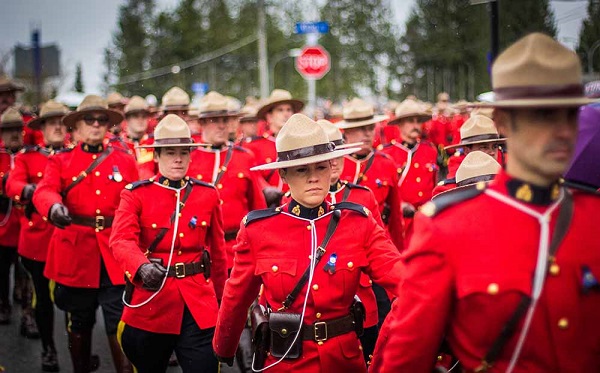
 Great Reset1 day ago
Great Reset1 day agoEXCLUSIVE: A Provincial RCMP Veterans’ Association IS TARGETING VETERANS with Euthanasia






